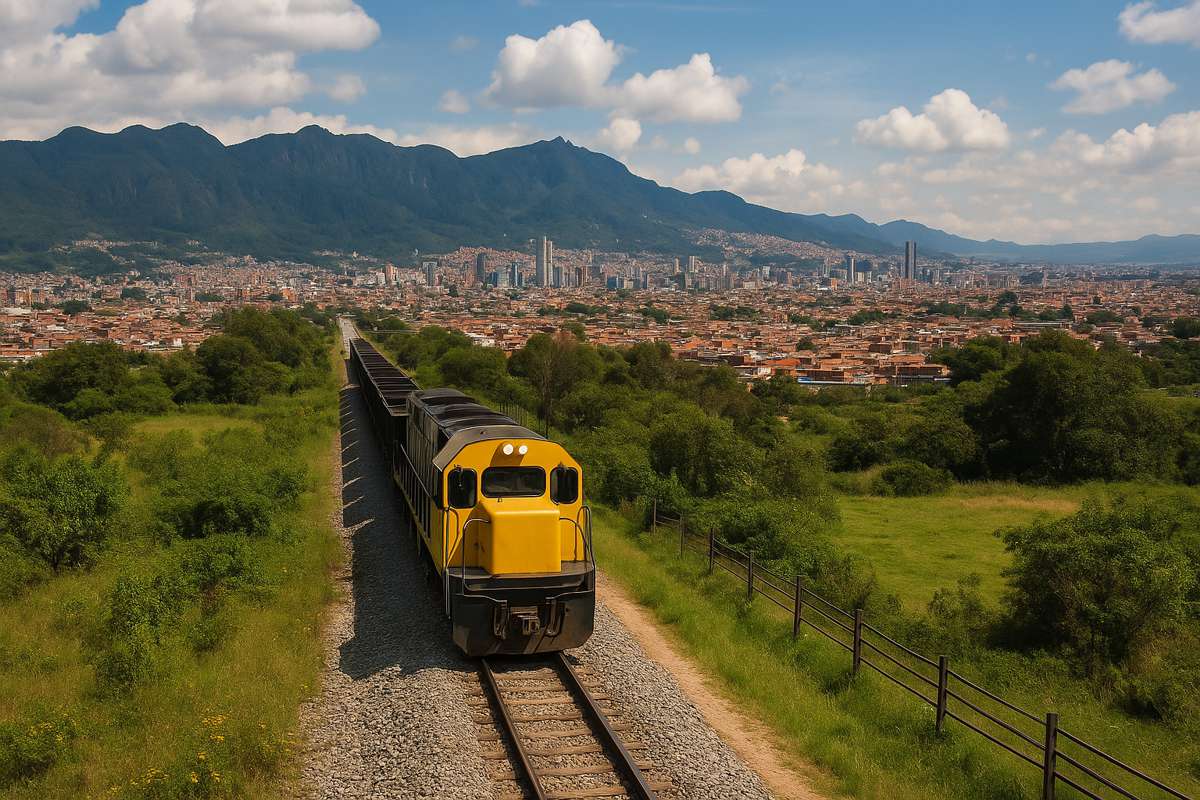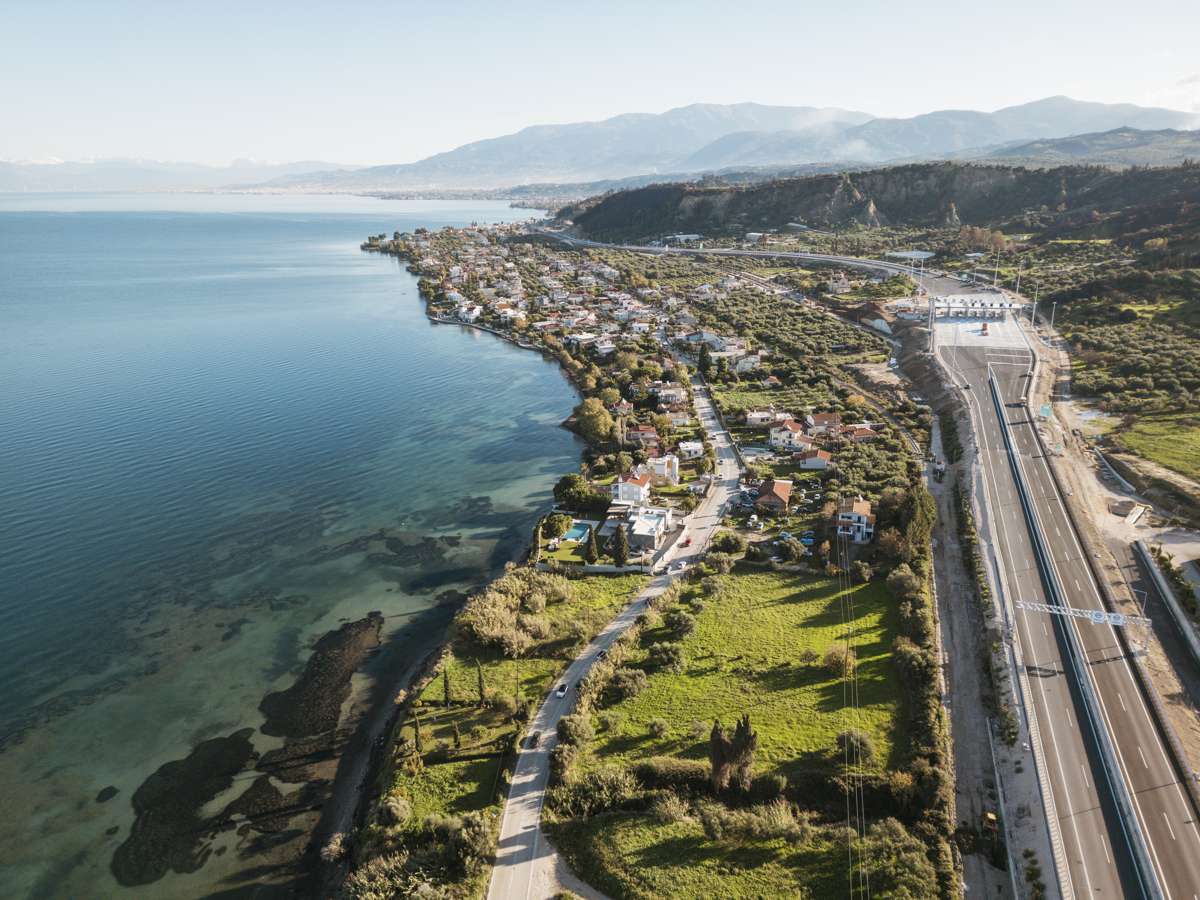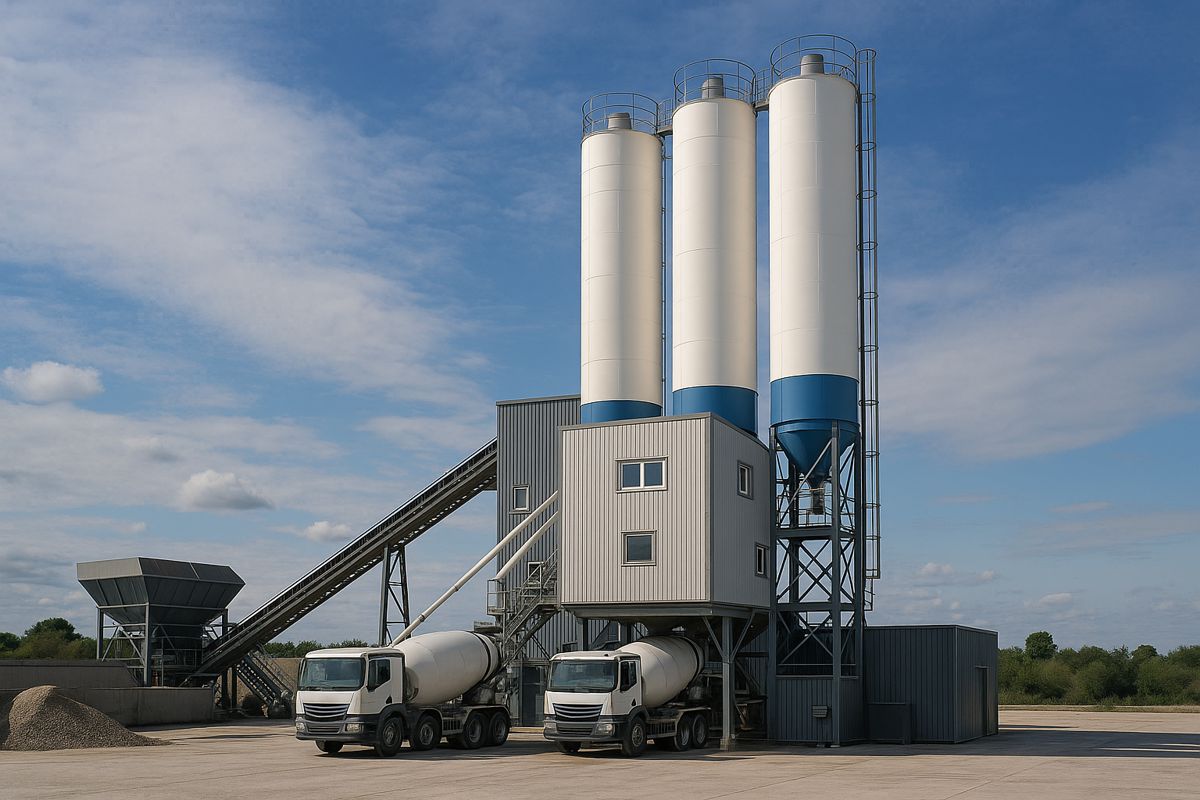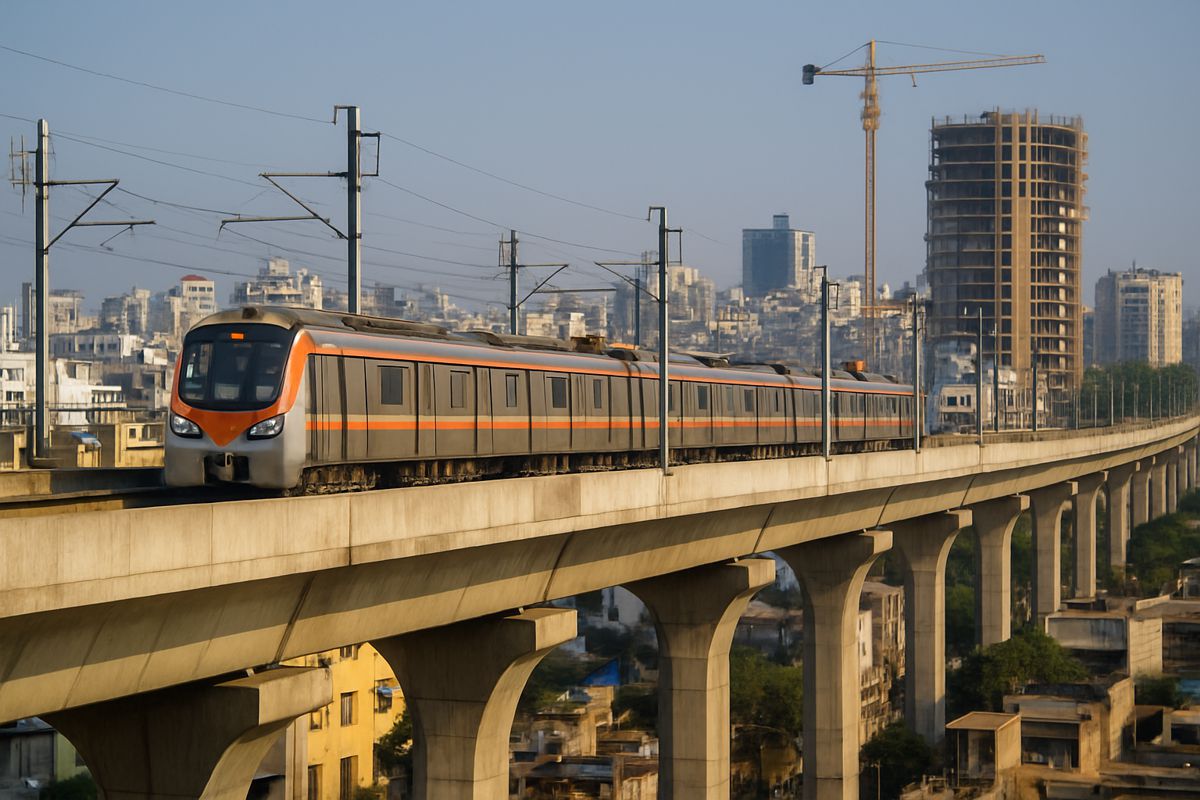Re-engineering Colombia’s Rail Network for the Future
The Government of Change, via its National Infrastructure Agency (ANI), has embarked on one of the most consequential railway refurbishments in recent Latin American infrastructure history.
Over 14.8 km of rail in the Bogotá-Belencito corridor have already been replaced as part of a comprehensive strategy to resurrect Colombia’s rail backbone.
This isn’t just a cosmetic upgrade. For investors, policymakers, and industry players, this project signals a deeper shift in Colombia’s transport ambitions: rail is once again centre stage.
A Renewed Railway Vision for Colombia
Back in 2023, Colombia announced a sweeping US$23.3 billion Railway Reactivation Plan, positioning rail as the spinal cord of national logistics. Under that scheme, the Bogotá–Belencito line stands as a priority corridor, alongside other freight routes such as La Dorada-Chiriguaná-that will gradually be upgraded or reactivated through public-private partnerships.
With this context, the rail replacement currently unfolding in the Bogotá–Belencito stretch is more than a stand-alone fix. It’s a foundational step in the government’s long view of restoring rail as a competitive, efficient alternative to road freight.
Scope, Schedule, Strategy
Technical Interventions & Investment
The core of the work focuses on superstructure renewal: rails, clips, welding kits, and sleepers are being replaced to bolster durability and allow heavier loads. ANI has earmarked COP 156.455 billion (roughly USD 40 million) of project finance for this segment, with a projected timeline of 10 months for completion.
Materials have already been shipped and are being prefabricated in situ. The first phase targets the Tuta to Belencito section, where rail segments and sleepers will be installed in tandem.
Operational Continuity
One standout feature: rail operations must keep running throughout the construction process. ANI has adopted meticulous work scheduling to ensure that freight, passenger, and maintenance traffic remain unaffected. In short, trains will not wait, even while rails are being overhauled.
Expected Gains & Local Impact
When finished, this reconditioning is anticipated to:
- Lower transport time and costs for freight operators
- Increase capacity and reliability of the corridor
- Boost competitiveness for regional producers and businesses
- Enhance intermodal integration across Colombia’s transport network
Challenges, Risks & Systemic Constraints
Technical & Engineering Complexity
Replacing rails in a live corridor demands tight coordination, precision in welding, alignment, and handling of complex track geometry. Missteps can ripple through the schedule and budget.
Institutional & Regulatory Environment
Colombia’s institutional framework for rail is still maturing. The Railway Reactivation Plan of 2023 called for new regulations and agencies to guide long-term development. As ANI lays rails, parallel efforts are underway to issue tenders for structuring and supervision of multiple corridors.
Financing & Long-Term Sustainability
The current investment is hefty, but the bigger question is funding continuity across subsequent corridors and future phases. Ensuring consistent upkeep, signalling upgrades, and rolling stock acquisition, all require stable capital. The government has already floated PPP models for other key corridors under the reactivation umbrella.
Legacy Damage & Rehabilitation Complexity
The Bogotá–Belencito corridor has endured damage, neglect, and partial disuse. Some sections require deeper subgrade works, not just superficial replacements, adding time and cost to the baseline estimate.
Strategic Implications for Stakeholders
For Investors & Private Sector Players
This initiative beckons investment, not just in track but in associated systems: signalling, operations, maintenance depots, and rolling stock. The government’s openness to PPP structuring suggests opportunities are likely to emerge.
For Policymakers & Regional Authorities
Better rail can redirect freight from congested highways, cut emissions, and improve connectivity. Regions along the corridor stand to gain job creation and improved access to national markets. Yet success depends on aligning regulatory regimes, land use policies, and corridor protection.
For the Construction & Engineering Sector
This is a proving ground, the techniques, sequencing, and logistics learned here will inform future corridor projects. Contractors who master live-track renewal in Colombia will be at a competitive edge when new tenders roll out.
Timeline, Phasing & What Comes Next
- First 10 months: complete the rail replacement from Tuta to Belencito, with no disruption to traffic.
- Subsequent corridors: As part of Colombia’s reactivation plan, more rail lines will enter the tender phase, including some under supervision contracts of up to 15 months.
- Extended rollout: The Bogotá–Belencito segment is one of six priority lines in the national model for scaling up rail investment.
Rail Returns to the Forefront
This rail replacement on the Bogotá–Belencito corridor is more than a track upgrade, it’s a signal. The Government of Change is effectively reasserting rail as a serious instrument of national logistics policy. With more corridors queued up and private capital desired, the country is laying the groundwork for a modern, resilient transport network.
If the 10-month timeline holds and operational continuity is maintained, this project could emerge as a blueprint for the next wave of Colombian railway resurgence. Stakeholders, domestic and international, should watch closely.




















